 James Scott Bell is the bestselling author, most recently, of the thriller Deceived, which was called "a heart-whamming read" by Publishers Weekly. He's also written two popular books on fiction for Writers Digest Books: Plot & Structure and Revision & Self-Editing.
James Scott Bell is the bestselling author, most recently, of the thriller Deceived, which was called "a heart-whamming read" by Publishers Weekly. He's also written two popular books on fiction for Writers Digest Books: Plot & Structure and Revision & Self-Editing. The Q Factor
When I teach fiction writing at a conference, I usually spend a few minutes talking about something I call the Q Factor. It comes from the character in the James Bond movies, the one who is always giving Bond his gadgets and telling him not to play with them. There is a very important reason this character exists.
Let's cut ahead to the inevitable James Bond ending. Bond has been hung by his ankles over a school of piranha . The bad guy grins and says something like, "Enjoy your swim, Mr. Bond." Then he sets the timer to lower James Bond into the pool of piranha and, of course, leaves. (An interesting existential question is why villains so often leave before their adversaries are dispatched).
As Bond is lowered toward his doom, he manages to get his thumb on one of his cufflinks. The cufflink turns into a small, rotating saw. He uses that saw to cut through the restraints on his hands.
Now he is able to reach into his jacket pocket and pull out a fountain pen. The fountain pen is, in reality, a device that holds a compressed nitrogen charge and shoots a small grappling hook and line across the piranha pond, enabling Bond to cut his leg restraints and swing to safety on the other side of the pool.
Now, if we had been reading along in the story and gotten to this point, and Bond simply produced those items for the first time, we'd all be groaning. How convenient! What a cheat!
But of course, it was all set up by the Q scene. Because we saw these items before, we are perfectly accepting of them when they come out at the right time.
When I teach fiction writing at a conference, I usually spend a few minutes talking about something I call the Q Factor. It comes from the character in the James Bond movies, the one who is always giving Bond his gadgets and telling him not to play with them. There is a very important reason this character exists.
Let's cut ahead to the inevitable James Bond ending. Bond has been hung by his ankles over a school of piranha . The bad guy grins and says something like, "Enjoy your swim, Mr. Bond." Then he sets the timer to lower James Bond into the pool of piranha and, of course, leaves. (An interesting existential question is why villains so often leave before their adversaries are dispatched).
As Bond is lowered toward his doom, he manages to get his thumb on one of his cufflinks. The cufflink turns into a small, rotating saw. He uses that saw to cut through the restraints on his hands.
Now he is able to reach into his jacket pocket and pull out a fountain pen. The fountain pen is, in reality, a device that holds a compressed nitrogen charge and shoots a small grappling hook and line across the piranha pond, enabling Bond to cut his leg restraints and swing to safety on the other side of the pool.
Now, if we had been reading along in the story and gotten to this point, and Bond simply produced those items for the first time, we'd all be groaning. How convenient! What a cheat!
But of course, it was all set up by the Q scene. Because we saw these items before, we are perfectly accepting of them when they come out at the right time.
In fiction, the Lead character should reach a point near the end when everything looks lost. This can be something outside or inside the character, or both. But he is, in figurative terms, dangling over a pool of piranha.
What he needs is courage for the final battle, to face the ultimate test. This is where the Q Factor can help. It is something that is set up early in the story which will provide the necessary inspiration or instruction for the character when he needs it most.
Sometimes the Q Factor is an icon of some sort, a physical object. Sometimes it is the memory of a beloved mentor. It may simply be the character digging down into his moral reservoir. Whatever it may be, it is the storyteller's job is to give it life on the page.
Here is an example. In the great Frank Capra movie Mr. Smith Goes to Washington, the naïve young senator played by James Stewart arrives in Washington D.C. for the first time. He is mesmerized by the city which represents everything he loves about America. So he slips away from his handlers and goes on a sightseeing tour, which is rendered in a wonderful montage. The montage ends at the Lincoln Memorial. Here, young Jefferson Smith is deeply moved by what he sees. He reads the words inscribed on the wall. He sees a young boy holding his grandfather's hand, trying to say the words aloud. He observes an African-American gentleman removing his hat. And then Smith looks back up at the face of Lincoln.
We now have a very emotional object embedded in our minds.
At the end of Act 2, Mr. Smith knows he is a political puppet of a corrupt machine, and has no way of fighting back. He has even been betrayed by the senior senator, who had been a good friend of his own father. Smith takes this as the final knife in his back and decides to leave town.
It's nighttime, and he is passing the Lincoln Memorial, but this time defeated and downcast. He sits heavily on the steps.
Along comes the political operative played by Jean Arthur. Originally she thought of Smith as a dumb oaf too, but she has come to respect his integrity in this sea of cynicism. She says, "I thought I'd find you here." And then she says, "Remember the day you got here? Remember what you said about Mr. Lincoln? You said he was sitting up there waiting for someone to come along. You were right. He was waiting for man who could see his job and sail into it, that's what he was waiting for. A man who could tear into the Taylors and root 'em out into the open. I think he was waiting for you, Jeff. He knows you can do that, and so do I."
Smith gets inspired and as they walk away he pauses to wave at Lincoln.
Now, when Mr. Smith undertakes impossible task of a single-man filibuster, we understand and accept how he could do that. That's the Q Factor. Another example. When Luke Skywalker is engaged in a final battle in Star Wars, he hears the voice of Obi-Wan, telling him to remember to use the Force. Inspiration. In a lot of old movies, you'll have the Lead character reaching the dark point, and hearing, in echoing tones, the voice of something his father or mother told him a long time ago. A moral sentiment that inspires the Lead once more.
Sometimes, the Q Factor can be a negative emotion. In High Noon, the classic western starring Gary Cooper as Will Kane, Kane finds himself as one man against four killers. The townspeople have all come up with excuses not to help him. He knows he will probably die. And the real bummer is that he has just married Grace Kelly! There comes a point just before the climax when Kane is considering getting a horse and riding out of town. He will get together with his wife again and go somewhere and try to live without being found. He's in a livery stable, considering this.
Enter the character of Harvey, played by Lloyd Bridges. Harvey is a coward, and hates being in the shadow of the great Will Kane. He sees Kane and knows that if he can get him to ride out of town, in effect showing the town that Kane is really a coward after all, then he, Harvey, will look good in comparison.
As Harvey tries to get Kane to do this, Kane realizes that if he does go, he will in fact be no better than Harvey. And that's when he makes the decision to stay. Harvey, who was introduced early in the film, is the negative Q Factor for Kane's decision.
Think of it this way. So many stories are about the overcoming of fear. The fear manifests itself most when all the forces are marshaled against the Lead. Fear and common sense tell her to give up, run away.
She knows she can't. So give her a Q Factor, an emotional element that comes in when she needs it. To do that:
1. Select what the element will be (item, mentor, moral sentiment, negative character, etc.)
2. Write a scene early in the narrative that anchors this element emotionally to the Lead.
3. Refer to the Q Factor once in the middle section, as a reminder.
You should do this subtly, almost as a throwaway.
4. Find a trigger point in the Lead's darkest hour where the Q Factor can be reintroduced.
5. Show the Lead taking new action based on the Q Factor. If you've embedded the Q well enough up front, the readers will pick up what's happening without you having to explain it to them. Just let it happen naturally.
The Q Factor is just another tool to add to your technique box. I like collecting these and having them at the read. I hope you do, too.

She thinks she knows who she is and what she wants, but when the web gets terribly tangled, is her game of deception a clever lie or a deadly trap?
Two bodies in an isolated canyon on the edge of L.A. One with saddlebags filled with diamonds.
That's how it begins for Liz Towne, a stunning blonde with a devout husband who has given up a prime job for reasons Liz cannot understand—for "Mac" MacDonald, a Gulf War vet who's done time in prison and is just now finding his way back to normal life—and for Roxanne "Rocky" Towne, Liz's sister-in-law, who suspects things she cannot prove. All three are thrown together after a tragedy in Pack Canyon.
After finding the stolen diamonds, Liz is faced with an escalating set of choices: Truth or lies? Stop or keep moving? All in or played out?




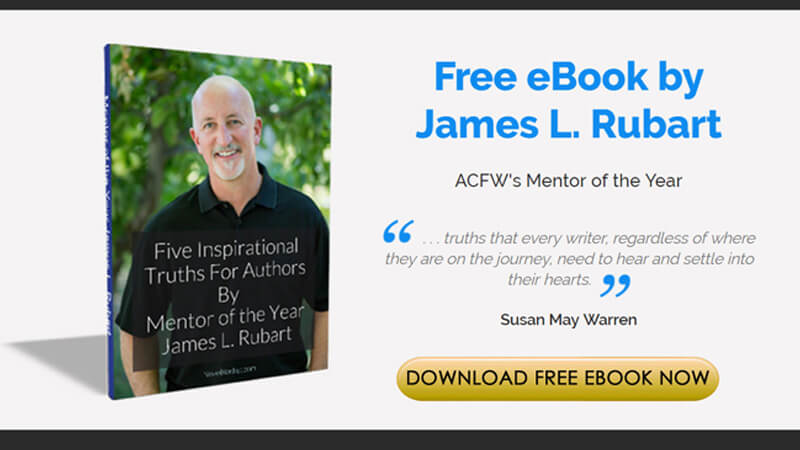
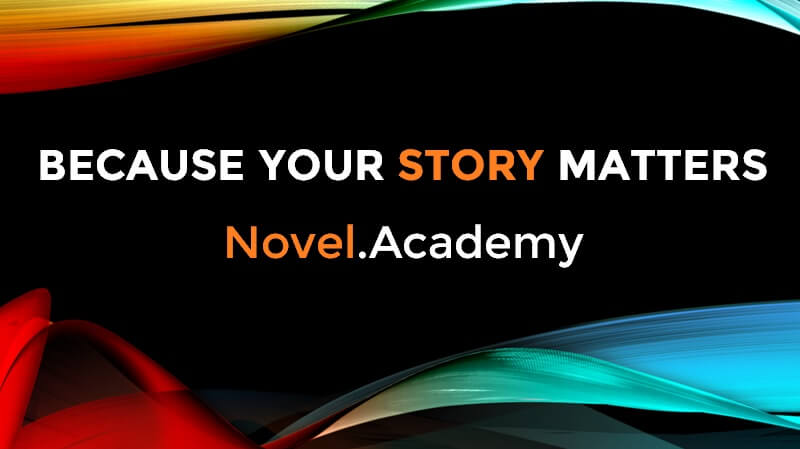
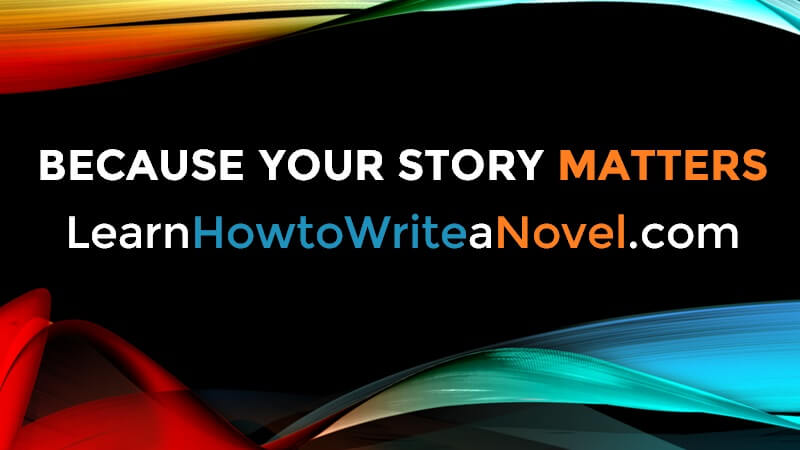

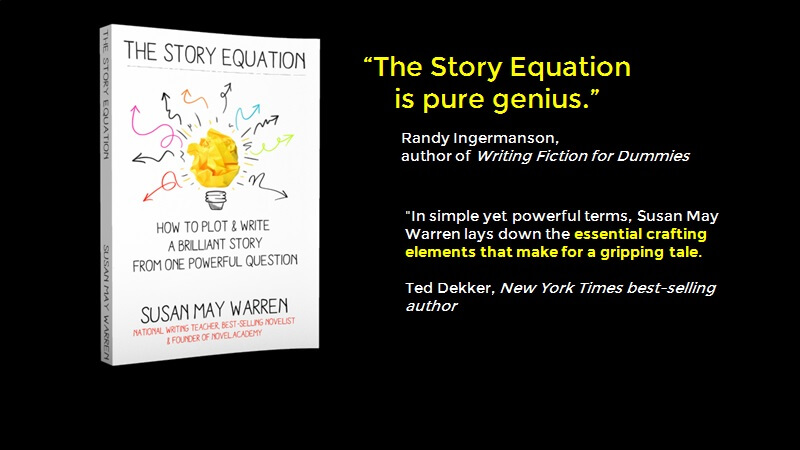
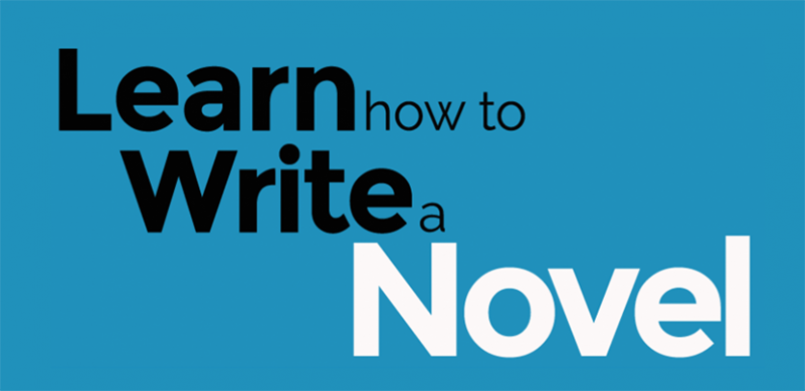


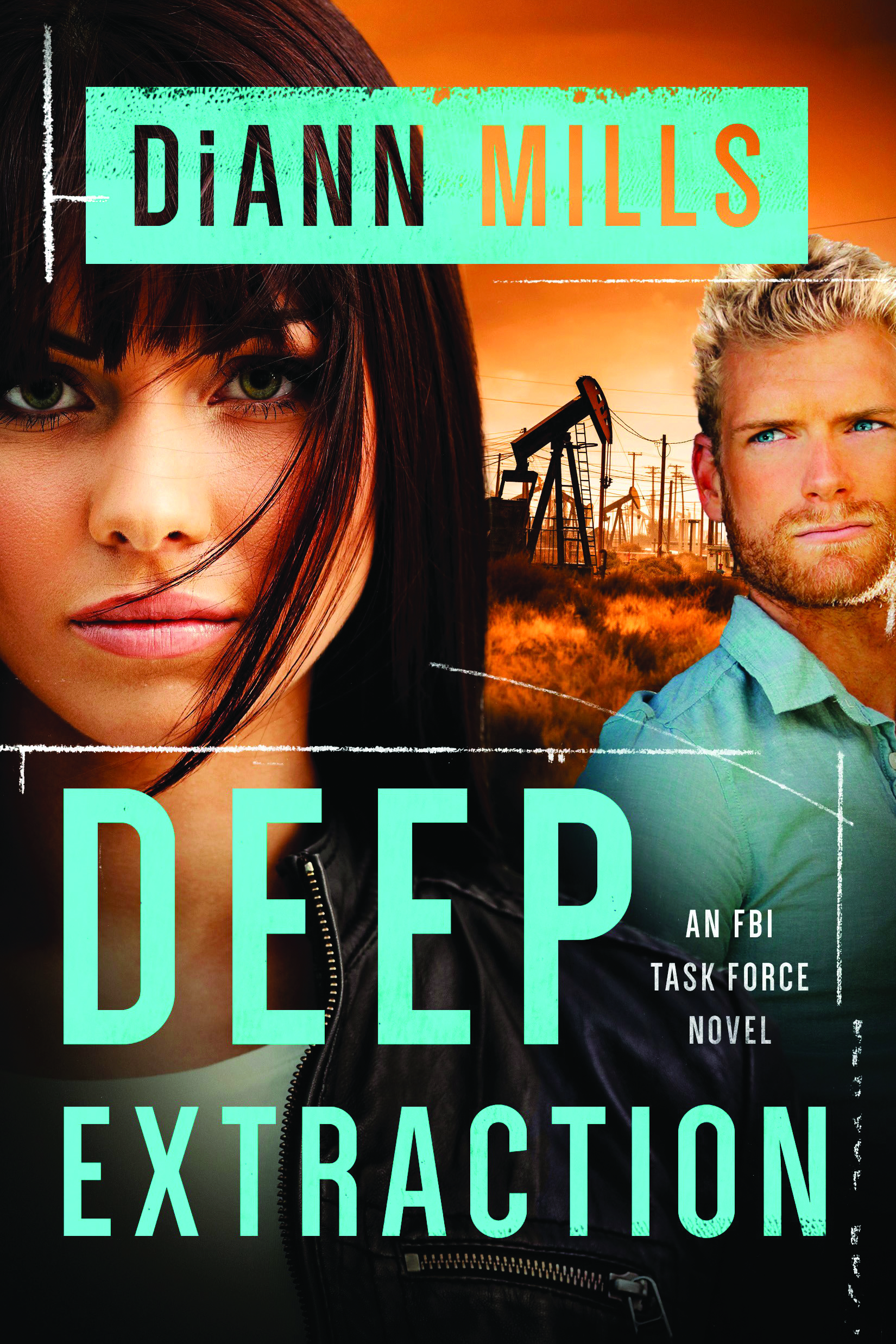
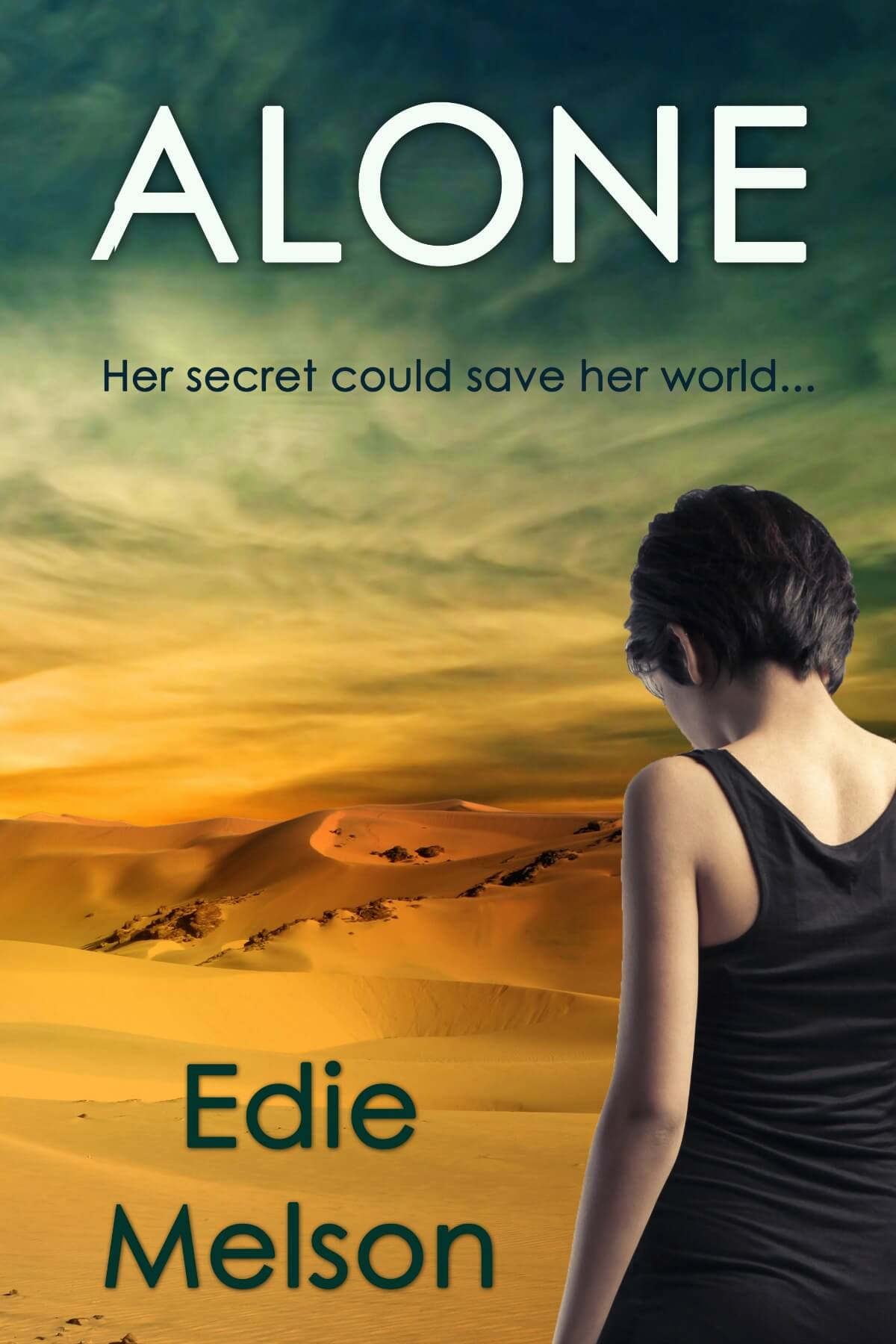





This is one of my favorite teachings from Jim, and was a "lightbulb" moment for me in my writing journey.
ReplyDeleteThe Q Factor works in all genres, too. I write contemporary fiction (closest to women's fiction with soem variances) and I've learned to use a Q Factor in mine that ties into the plot neatly.
In my current WIP, the Q Factor is Great Aunt Lola, who on the first day her husband neglected to kiss her goodbye, left for Hollywood to become a huge silent film star.
This sets up a story question for my protagonist. Will she do the same?
Thanks, Jim, for taking me another step on my journey.
Wow, Ane, that's so nice to hear. I love it when "light bulbs" go off. That's why I continue to teach. I remember all the pleasant memories of my own bulbs, and like to pass them along. And I still get them, which is one of the true joys of pursuing the writing craft.
ReplyDeleteThanks for the forum!
This is one of those moments you read something and smack your forehead on your desk, groan, "Duh, why didn't I think of that?"
ReplyDeleteThanks as always your teaching ability is outstanding.
Diana Lesire Brandmeyer
www.pencildancer.com
JSB is the only teacher of fiction who has really impacted my writing life. There have been "littles" along the way, but it's like every time I read or hear him, a veil is ripped back on something new. I've read, re-read, highlighted, underlined tons in Plot & Structure. This Q-Factor is amazing--and fits perfectly since I write spy stories. *grins* THANKS, Ane for this, and THANK YOU, JSB, for helping other writers!!
ReplyDeleteGreat post! I am right now (for the last two months--ARGHHHH!!!) struggling, at the very end of the book, with trying to make my character do the impossible. And I haven't yet succeeded in motivating her to do this thing that she would never do. I need a Q factor!
ReplyDeleteAn excellent post with great advice. I've purposely embedded such moments in a couple of manuscripts (perhaps another as well, but I can't think of it offhand. That explains a lot.) Whether or not I was subtle, only my crit partners can say.
ReplyDeleteThanks for sharing this with us, and thanks for Revision & Self-Editing. I constantly recommend it to others.
Sincerely,
The wife of your favorite Calvinist.
Another gem from Jim Bell--one of the most effective and practical writing teachers around, IMHO. I'm excited about using the Q factor in my next WIP!
ReplyDeleteThanks for the post, Ane.
How serendipitous to read this blog just as I am reading Bells book on plot and structure. Love it when a plan comes together. Can't wait to use the Q factor.
ReplyDeleteThanks
Great lesson Jim!
ReplyDeleteCan't wait to study under you at the Colorado conference in May! LOL...I'll have a lot of questions :-)
Great post! I've done this a little bit, accidentally. I'd like to call it instinctive, natural talent, but that would be the blarney seeping out of my Irish soul!
ReplyDeleteThe best thing about the Q factor in James Bond - and hopefully this is what you intend with your teaching as well - is that when Q shows James the 'gadget' you know it's going to be key to resolving the end crisis. Yet when that crisis arrives, you don't think 'no problem, just whip out the cuff-link saw..' No, 007 pulls out his gadgets, you accept them, and are even a little surprised. Not in a 'didn't see that coming' kind of way, more a 'oh, yeah, I forgot about that' kind of way.
I hope having this technique in my conscious brain will help me write better in the future.
Thanks again for a great post!
Blessings,
Tammy Doherty
I'm reading Plot & Structure right now and loving it! It's easy to understand and engaging to keep my wandering mind on task.
ReplyDeleteLike Ane, the Q factor lesson was a light bulb moment for me, too.
Thanks for sharing!
Lisa
Jim, I love the way you use movies. I can't seem to watch anything, even TV shows, without analyzing the structure, story, and characters. LOL! Guess it comes with the territory.
ReplyDeleteI'm a big fan of this idea, and symbolism. It adds such richness to a story. Depth. Thanks for all the great lessons you've shared. I've learned a lot.
Oh, did you ever get your own iPhone? ;-)
Many thanks for a great lesson.
ReplyDeleteThanks, all, for the very kind comments. I love those small craft ideas that have great leverage for your story. The Q Factor is one of those. I want to do more thinking on WHY it works. It has something to do with linking your plot to a strong moral core, which deepens the richness of the reading experience in a powerful way. For those writers (and I think it's most of them) who struggle with "theme," this may be the way to get at it without having to be all English Majory about it.
ReplyDeleteThanks for the Q factor scoop. Makes sense and we can't hear it enough. :-)
ReplyDeleteP.S. Thanks for your help at Mount Hermon last year, JSB. Have highlighted so many parts of your book. Have kept writing,as you encouraged. A few kind words and a great teaching book can go a long way.
Blessings!
Great post. I'm lovin' the Q factor. Makes sense.
ReplyDeleteThanks for the post, Ane.
Great insight with the Q factor. How much more
ReplyDeletereal our characters will seem if they, like us,
are affected deeply by specific moments in
their past. Thanks for the great post.
Great article, Jim. The Q factor...now why didn't I think of that??
ReplyDeleteJim,
ReplyDeleteGreat reminder. It sent me searching through my manuscript to make sure I had indeed placed a Q factor in the middle as a faint reminder.
Fabulous! Thanks for your great insight and the easy to digest teaching moment.
ReplyDeleteThe very best writing advice I received was in Jim's workshop last summer. And only now just finished reading this post and the Writer's Digest for this month with Jim's article on "Strengthen Your Scenes With 5 Easy Steps." All this great help! Thank you again, Jim. Pat
ReplyDeleteJim's an excellent teacher. Great post. :-)
ReplyDeletecheap wow power leveling cheapest wow power leveling buy wow power leveling CHEAP power leveling CHEAPEST wow gold BUY wow powerleveling
ReplyDelete